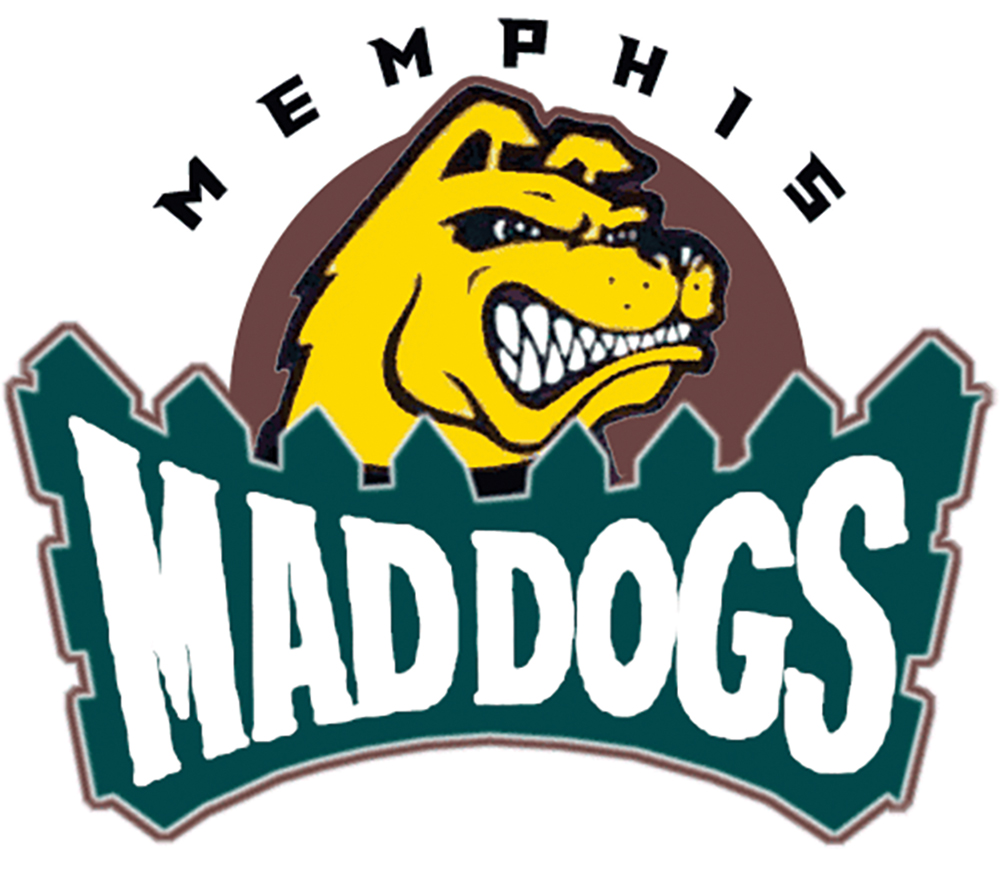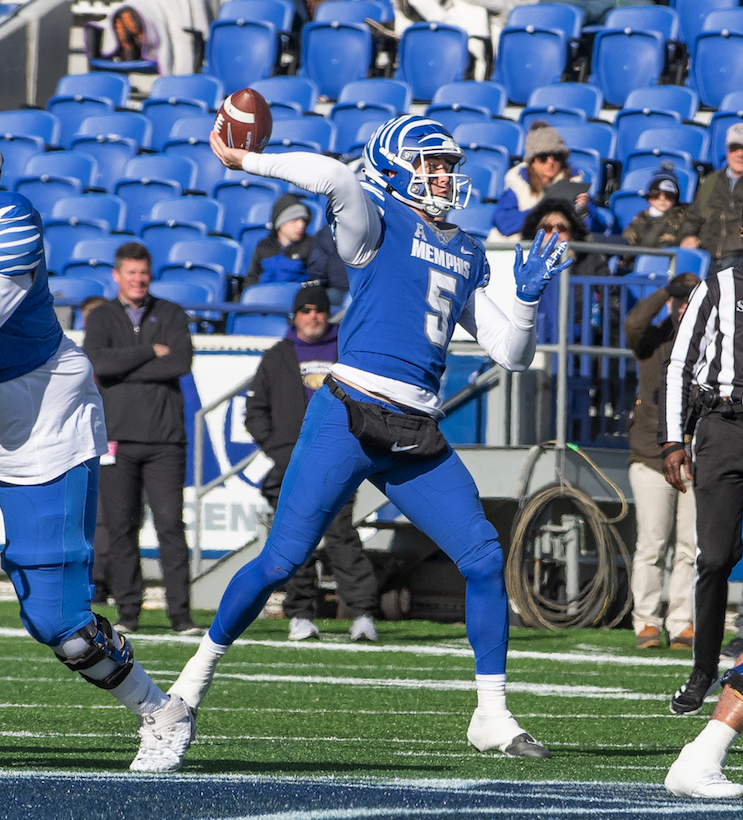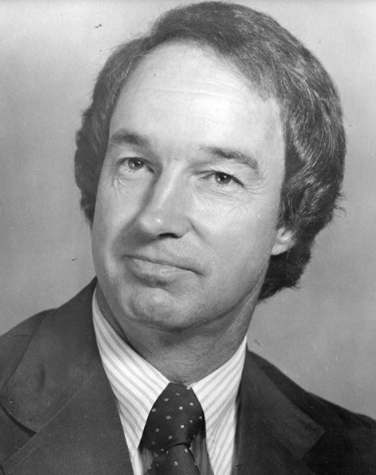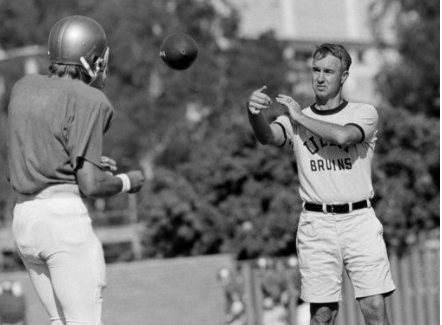Did you hear the big news?
Memphis is going to get a USFL team! The USFL, in case you’re not familiar with the latest iteration (I wasn’t), is a professional football league that had its debut season last spring with eight teams, all of which played their games in Birmingham, Alabama — which is weird, since the teams were supposedly affiliated with other cities. The Philadelphia Stars take on the Pittsburgh Maulers in Alabama in April? How does that setup not draw huge crowds?
Anyway, next spring, according to a newly signed agreement (obtained by the Daily Memphian via an FOIA request) between the city of Memphis, Liberty Stadium managers Global Spectrum, and the USFL, Memphis gets a piece of this sweet gridiron action. The new Memphis Showboats will play in the Simmons Bank Liberty Stadium, along with the possibly mighty Houston Gamblers, who will also call Memphis their home field. (When the Gamblers and the Showboats hook up, will both teams wear home uniforms? Tune in next spring and find out!) The Showboats will mostly be made up of players from the now-defunct Tampa Bay Bandits USFL team, which folded after one season.
Dear reader, you may be forgiven if you are less than enthralled. I am myself extraordinarily underwhelmed. They should have called this team the Memphis Deja Vu because we’ve all been here before. Memphis is no stranger to start-up, wonky-league football teams, having been home to no less than seven through the years. Let me refresh your memory, in case you don’t still have the souvenir jerseys: Memphis Southmen, WFL (1974-75); Memphis Showboats, USFL (1984-85); Memphis Mad Dogs, CFL (1995); Tennessee Oilers, NFL (1997); Memphis Maniax, XFL (2001); Memphis Express, AAF (2019). This list doesn’t include the Memphis Pharaohs, an Arena League team that played in the Pyramid for a season in the 1990s.
Suffice it to say that all Memphis professional football teams should be required to have the words “The Short-Lived” above the team name on the jerseys. Two years for a Memphis pro football team is an “era.”
Reportedly, the prime mover for this latest Excellent Adventure in Football Fantasy is FedEx founder and chairman Fred Smith, who, bless his heart, has wanted a professional football franchise for his home city for decades. Remember the Memphis Hound Dogs, the city’s well-funded 1990s Hail Mary pass at the NFL? Smith was part of that ownership group, along with cotton magnate Billy Dunavant, billionaire Paul Tudor Jones, and Elvis Presley Enterprises. Despite the undeniably rockin’ name and lots of money, Memphis lost out to the Jacksonville Jaguars and Carolina Panthers, who had the good sense to choose cat names.
Smith then became part of the ownership group of the (obligatory “short-lived” descriptor goes here) CFL Memphis Mad Dogs, who entertained the city, sort of, for one season. Oh, Canada.
Anyway, at last week’s announcement, when Smith and Memphis Mayor Jim Strickland posed awkwardly, jointly holding an orange-ish football and wearing too-small Memphis Showboat hats, it had a kabuki theater, been-here-done-this feel. Lord help us. Who’s fired up for April minor-league football, y’all? Show of hands.
By all accounts, the city’s financial commitment to this silliness is fairly minimal: some minor upgrades to the stadium and providing office and practice space to the team — which is apparently going to be the Pipkin building. The last time most Memphians were there was when we were driving through to get Covid shots in 2020. Good times!
It should be noted for historical purposes that the original USFL lasted three (whoo!) entire seasons (1983-85). Three consecutive Heisman Trophy winners signed with the league, including Georgia senatorial candidate Herschel Walker (who said last week he would rather be a werewolf than a vampire). The league played its games in the spring for two seasons, but one influential team owner pushed relentlessly for the league to shift its games to the fall. “If God wanted football in the spring,” the owner said, closing his case, “he wouldn’t have created baseball.”
The ensuing move to a fall schedule doomed the league, which could not compete for fans or TV eyeballs with the NFL and college football. The owner whose business acumen destroyed the original USFL? It was New Jersey Generals owner Donald J. Trump. A stable genius, even back then.
Go Showboats.




